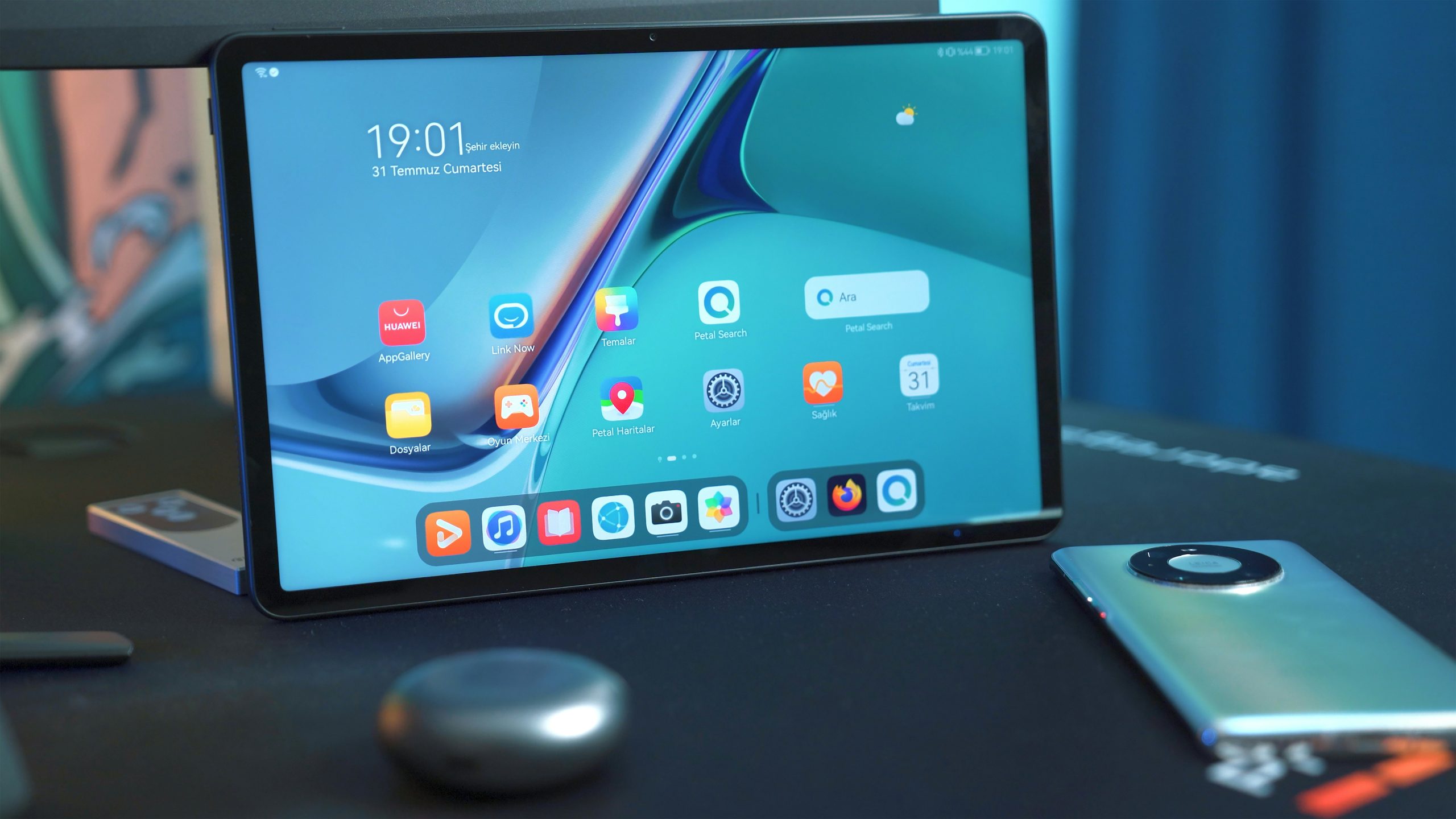MX Player is one of the most popular video players for Android devices, known for its user-friendly interface, extensive format support, and powerful playback features. However, there are times when the default installation of MX Player may not support certain audio or video codecs. This can lead to error messages like “Audio format (AC3, DTS, MLP, etc.) is not supported.” Fortunately, MX Player allows users to add custom codec support by installing a specialized codec file known as the AIO (All-in-One) Zip Codec. In this article, we’ll explain how to install the MX Player AIO Zip Codec step by step.
What is the MX Player AIO Codec?
The AIO (All-in-One) codec is a comprehensive package that includes support for multiple audio and video formats that may not be available by default on MX Player. It allows the player to decode additional formats like AC3, DTS, EAC3, MLP, and more. Instead of downloading individual codecs for each format, the AIO package covers them all, making it a convenient solution for users who encounter playback issues with unsupported files.
Step-by-Step Guide to Install MX Player AIO Zip Codec
1. Check Your MX Player Version
Before you install the codec, it’s important to determine which version of MX Player you are using. The codec you download must be compatible with your version of the app.
– Open MX Player on your Android device.
– Tap on the three dots (menu) in the top-right corner of the screen.
– Go to Settings and then navigate to Decoder.
– Scroll down to find the Custom Codec option. This will show you the current version of MX Player (for example, x86, ARMv7, ARMv8, etc.).
Write down or remember the version number, as you’ll need it to download the correct codec file.
2. Download the AIO Zip Codec
Now that you know the version of your MX Player, you can download the appropriate AIO codec. The AIO codec is available online, and it’s easy to find a reliable source to download it.
– Open your device’s web browser and search for “MX Player AIO Zip Codec.”
– Visit one of the trusted sources that provide codec files for MX Player (you can also check the official XDA Developers forum or other reputable Android forums).
– Make sure to download the codec that corresponds to your MX Player version (ARMv7, ARMv8, x86, etc.). The AIO codec should be a .zip file.
3. Install the AIO Zip Codec
Once the correct AIO Zip Codec is downloaded, the next step is to install it in MX Player.
– Do not extract the ZIP file after downloading it. MX Player reads the codec in its compressed form.
– Open MX Player.
– You will either receive a pop-up asking if you want to use the downloaded codec or you will have to manually load it.
– If you see a pop-up message, tap on OK to confirm and MX Player will restart.
– If you don’t see a pop-up, follow these steps:
1. Open MX Player and go to Settings.
2. Navigate to Decoder and scroll down to the Custom Codec section.
3. Tap on it and locate the AIO zip file that you downloaded (it should be in your Downloads folder).
4. Select the file, and MX Player will automatically load and install the codec.
– Once the codec is installed, MX Player will restart.
4. Verify Installation
After MX Player restarts, you should verify that the codec has been successfully installed.
– Open MX Player again and play the file that previously caused the “unsupported audio” or “unsupported video” error.
– If the file plays correctly with both audio and video, the AIO codec has been successfully installed.
Installing the MX Player AIO Zip Codec is a simple and effective way to resolve audio or video format issues. By following the steps outlined above, you can ensure that your MX Player app supports a wider range of formats, enhancing your media playback experience. Whether you’re dealing with AC3, DTS, or other unsupported codecs, the AIO package provides a comprehensive solution that keeps your MX Player running smoothly without the need to switch to another video player.


